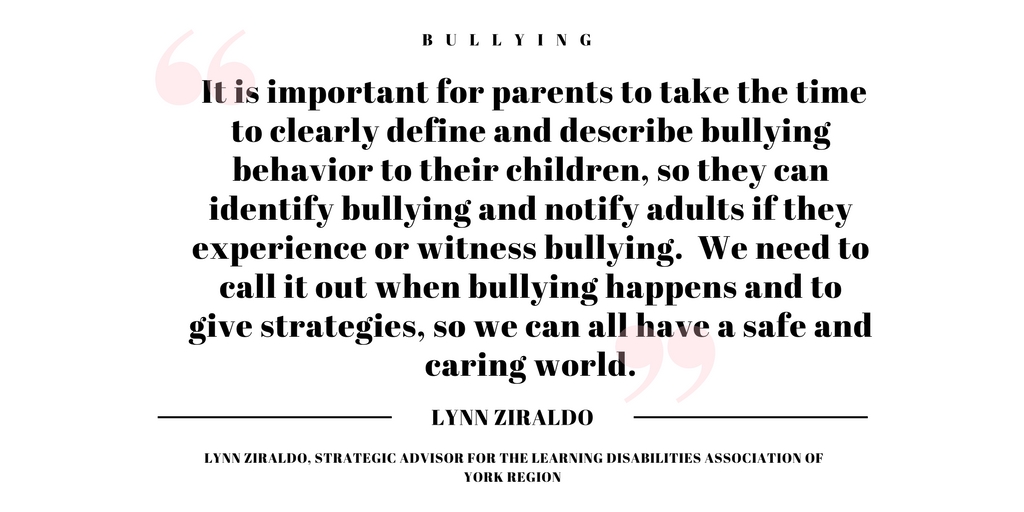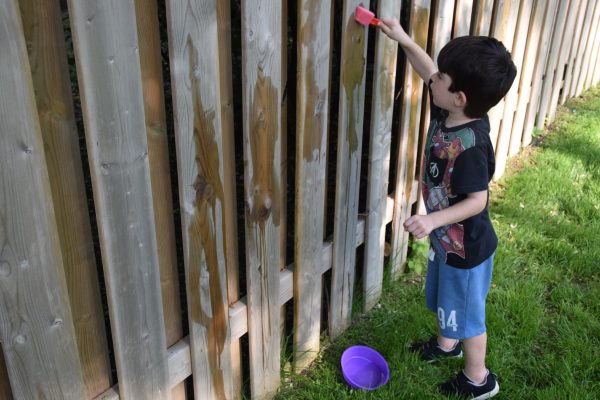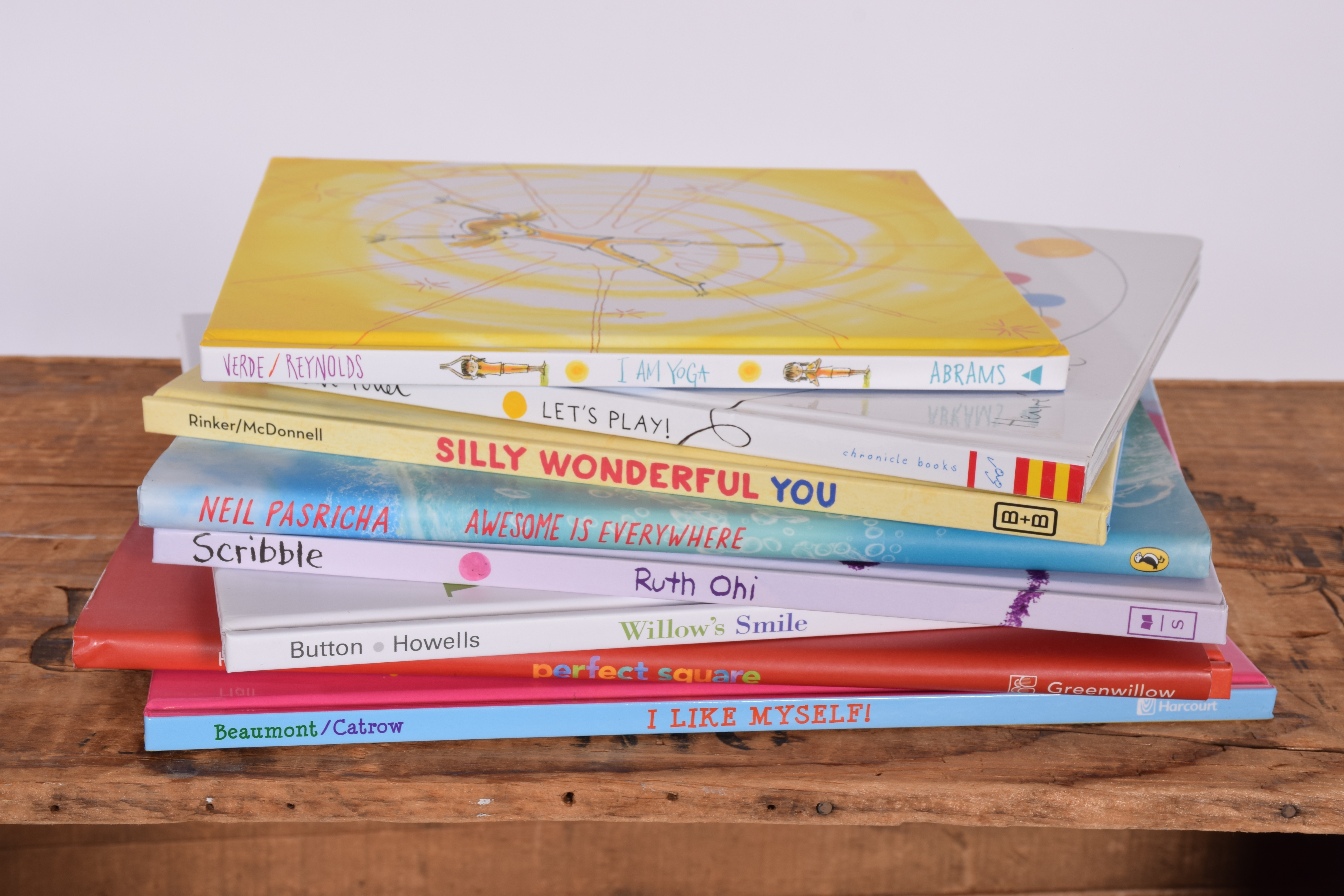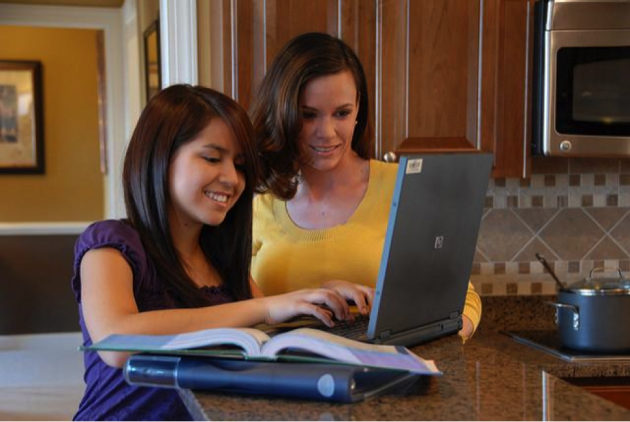What does bullying mean? People associate many ideas and terms with this word. In order to be conscious of contemporary issues we need to understand what it means to be bullied. The definition describes bullying as repeated aggressive behaviour in a relationship where the person bullying has more power than the person who is bullied. It involves a real or perceived power imbalance. The definition of bullying behaviour includes the use of any physical, verbal, electronic, written or other means. Click here for more information.

We need to educate students at an early age about how to deal with bullying. Social media and the Internet broadened the playing field and created an active breeding ground and forum. How can we expect that kids will be able to protect themselves online if they struggle to protect themselves on the playground?
Above all, bullying manifests as part of a relationship problem. Bullies use power and aggression to control and hurt others. As adults, we face the responsibility of arming children with the tools needed to resolve these issues. Open communication and a trusting supportive environment form the foundation of these tools.
So how can we prevent bullying from occurring?
It really starts with us. Children observe everything. They need consistent messages about relating to people in a healthy way, especially when managing conflict. Adults involved in the lives of students must model appropriate behaviour and clearly define right and wrong behavior.
Stop and listen to children
The child engaging in the bullying behaviour, the children seeing or hearing about someone being bullied, and the target of bullying all need to be heard. All behaviour serves a purpose. Determining what they are trying to tell us helps us reassure them they do not have to deal with this on their own. Use positive coping skills to remain calm, assess the situation and listen before reacting.
Encouraging your children to report bullying
Reporting helps stop violence. Some children “fight” back in an aggressive way to make the bullying stop. Some take more of a passive response and try to ignore it, hoping it will stop. Neither of these methods work effectively. Encourage children to respond in an assertive manner. They should give a clear and respectful message (e.g., no put downs or insults) towards the person engaging in bullying. An assertive message communicates that the bullying behaviour is NOT OKAY. Kids can assert they will report it to a responsible adult if it doesn’t stop.
Give children survival tools and safety awareness
Children soak up what they see and hear. Messages communicated or portrayed in the home inevitably replicate on the schoolyard and outside of school. Teachers and parents play an important role in addressing and countering these negative messages. Our children’s success depends on us working together as a team. We need to create a safe and supportive environment for our children to grow, laugh, learn and play.
Being proactive and well informed increases bullying prevention. Familiarize yourself with your school’s safe schools and/or code of conduct policies. Educate yourself and your children about bullying — and how to stop it.
References:
http://www.yrdsb.ca/Programs/SafeSchools/Pages/Bullying-Prevention.aspx
Thank you to Janet Arnold, Lynn Ziraldo (Strategic Advisor for the Learning Disabilities Association of York Region), John Shep (Caring and Safe Schools Consultant, York Region DSB) for collaborating with Lisa Kobrin (Savvy Sassy Moms) on this article.







